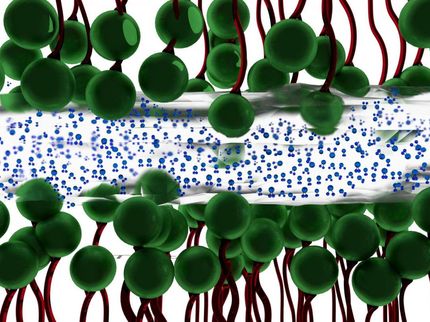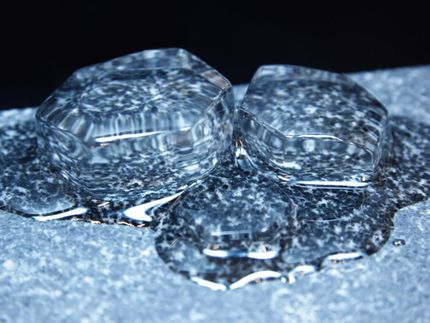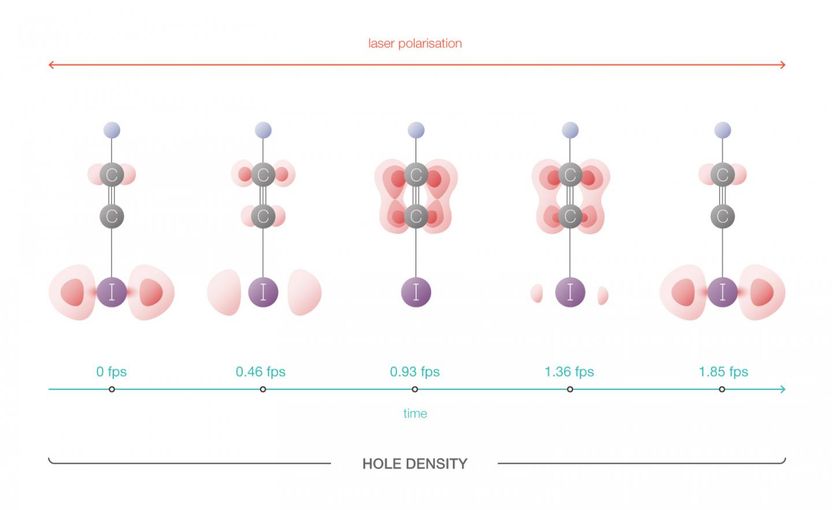Building a smaller, lighter future: Understanding polymer behaviors below 1 nanometer
Knowing how to build nanosized assemblies of polymers (long molecular chains) holds the key to improving a broad range of industrial processes, from the production of nanofibers, filters, and new materials to the manufacture of low-energy, nanoscale circuits and devices. A recent paper in Nature Communications sheds light on key behaviors of polymers in specially engineered confined spaces, opening the door to a level of control that has previously been impossible.
Scientists in Japan at Kyoto University and Nagoya University have succeeded in manufacturing custom-designed sub-nanometer scale channels, or pores, which can be manipulated to trap polymers and allow researchers to observe how these chains respond to temperature changes. Previously this level of observation was not possible, and hence much about polymer behaviors in subnanometer spaces -- in particular thermal transitions -- was unknown.
The technique uses specially designed substances known as porous coordination polymers (PCPs), which are notable for the high-degree to which their pore sizes and other characteristics can be controlled.
"PCPs allow us to design cages in which to trap specific molecules," explains lead scientist Dr. Takashi Uemura of Kyoto University's Graduate School of Engineering. "In this case, polyethylene glycol molecules -- PEGs -- can be accommodated in the cages similarly to the way in which sea eels hide in holes. In open water there is no order to their swimming. But in cylindrical pipes, they prefer to arrange themselves linearly in groups. Polymer chains do this as well, becoming orderly assembled in the PCP channels."
In this case, the PCP channels were precisely tuned to control their size and inner surface characteristics, allowing the research team to directly observe how the polymers behaved. This led to the unexpected finding that the transition temperature -- in this case, melting point -- of confined PEGs decreased as their molecular weight -- length in this instance -- increased.
"This was exactly the opposite of what we had observed in bulk, that is, 'free' PEG," elaborates Dr. Susumu Kitagawa, deputy director of Kyoto University's Institute for Integrated Cell-Material Sciences (iCeMS). "We believe this to be the result of destabilization of the PEG chains under confinement. Instability increases together with chain length."
Understanding such minute details of the behaviors of nanoconfined polymers gives rise to the possibility of future breakthroughs in nanoscale manufacturing based on assemblies of small numbers of polymer chains, which may in turn be used to fabricate a wide range of new materials.
Original publication: Takashi Uemura, Nobuhiro Yanai, Satoshi Watanabe, Hideki Tanaka, Ryohei Numaguchi, Minoru T. Miyahara, Yusuke Ohta, Masataka Nagaoka, and Susumu Kitagawa; "Unveiling thermal transitions of polymers in subnanometre pores"; Nature Communications, October 5, 2010
Topics
Organizations
Other news from the department science
These products might interest you
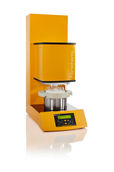
FIBRETHERM by C. Gerhardt
Automatic Fibre Extraction for Feed Analysis
FIBRETHERM from C. Gerhardt: Efficient – Precise – Method-Compliant
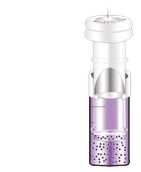
Mini-UniPrep™ by Cytiva
Improved HPLC Sample Preparation
Save 66 % sample preparation time and reduce costs by 40 %

Glass and quartz microfiber filter by Cytiva
Request a glass microfiber sample pack to meet your battery development needs
Delivering efficient and consistent results
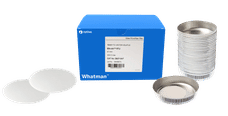
GF/C and 934-AH RTU (Environmental) by Cytiva
Meet wastewater regulations with the right filter
Streamline lab operations and ensure high-quality results

VICI Jour Katalog 15INT by VICI
The VICI Jour Catalog - Accessories for (U)HPLC and Liquid Handling
Capillaries, Tubing, Fittings, Filters, Safety-Products, Tools and much more

Hahnemühle LifeScience Catalogue Industry & Laboratory by Hahnemühle
Wide variety of Filter Papers for all Laboratory and Industrial Applications
Filtration Solutions in the Life Sciences, Chemical and Pharmaceutical Sectors

Whatman filtration product guide by Cytiva
New filtration catalog - a wealth of information on 286 pages
Discover the perfect filters for your laboratory application

Get the chemical industry in your inbox
By submitting this form you agree that LUMITOS AG will send you the newsletter(s) selected above by email. Your data will not be passed on to third parties. Your data will be stored and processed in accordance with our data protection regulations. LUMITOS may contact you by email for the purpose of advertising or market and opinion surveys. You can revoke your consent at any time without giving reasons to LUMITOS AG, Ernst-Augustin-Str. 2, 12489 Berlin, Germany or by e-mail at revoke@lumitos.com with effect for the future. In addition, each email contains a link to unsubscribe from the corresponding newsletter.
